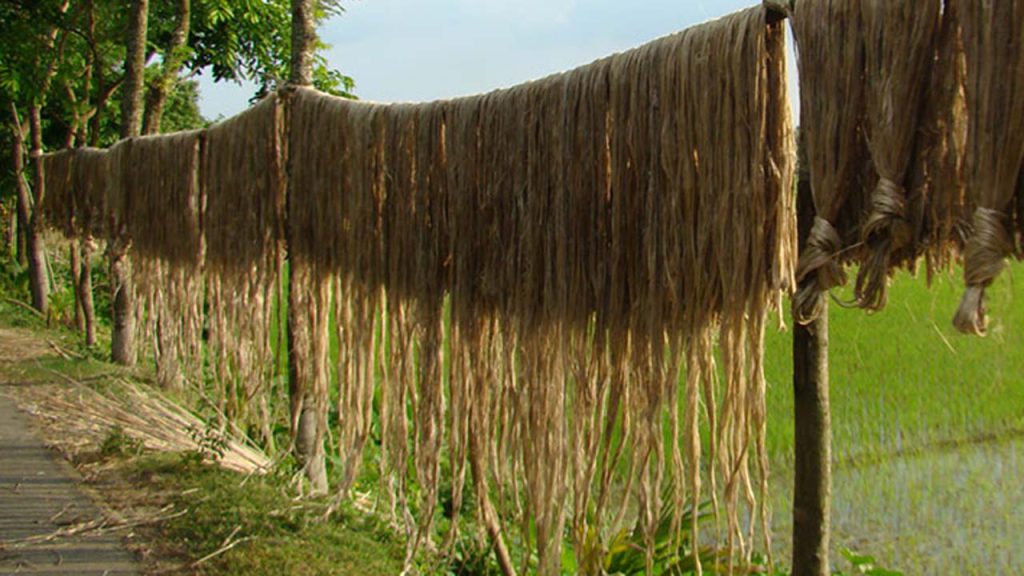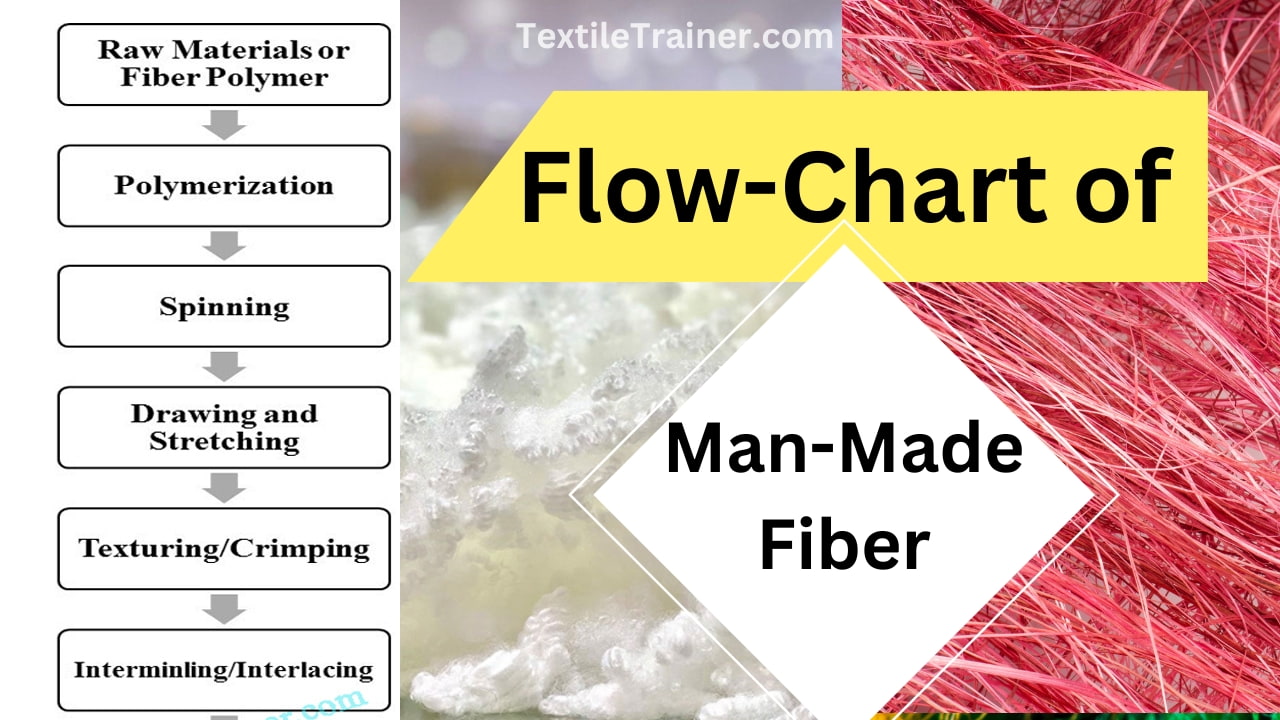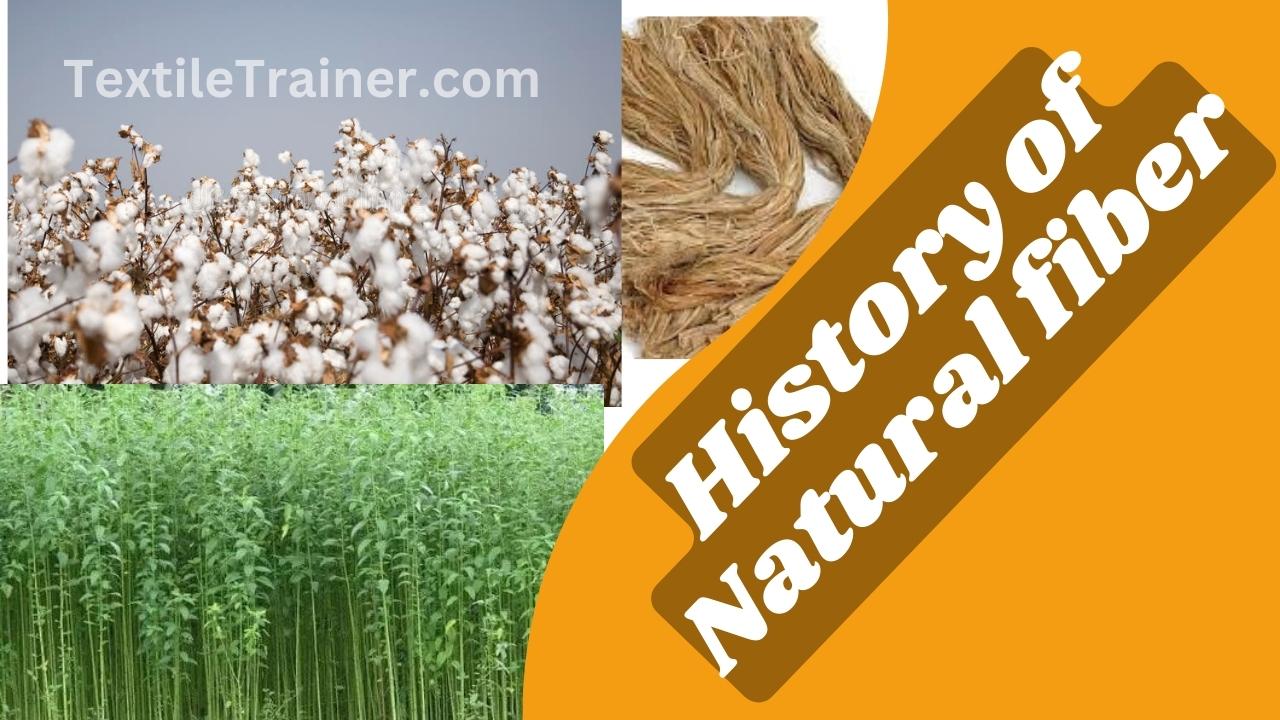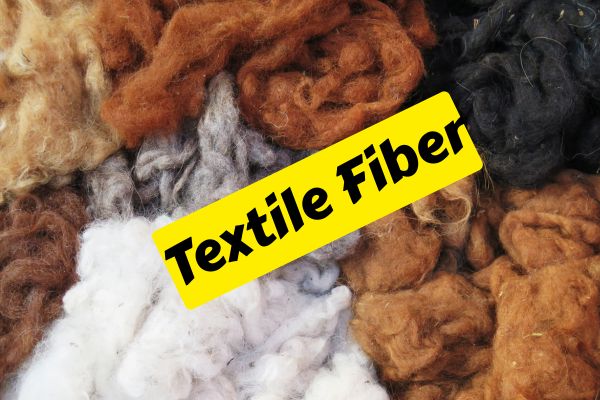A Comprehensive Guide to Successful Cultivation of Jute Fiber
Introduction
Cultivation of Jute Fiber is described step by step in this article.The lingo cellulosic fiber jute, also known as bast fiber, is the skin of a plant’s stem. It is a composite fiber, with many ultimate fibers cemented together by lignin to make a long fiber. In cross-sectional areas, it has 5-10 ultimate fibers and, in length, over a thousand. A natural fiber of the next generation, it is considered one of the cheapest. Jute is the common name given to fiber extracted from the stems of plants belonging to the genus vegetable fiber, which ranks second in terms of global consumption, production, and availability behind cotton.
Jute is a natural fiber with a golden shine, which is why it is known as the “ Golden Fiber ” of Bangladesh. Jute plant grows well in rich soils, especially along tidal basins. Bangladesh, India, China, and Myanmar are the leading producers of Jute. Bangladesh is the world’s third-largest producer of raw Jute, while India is the world’s largest producer of jute goods. Aside from its luster, high tensile strength, low extensibility, moderate fire, heat resistance, and long staple lengths, jute fiber also has many inherent advantages. Furthermore, it protects the environment and maintains the ecological balance, giving it many advantages over synthetics.
Climate Suitable for Cultivation of Jute Fiber:
- A warm and humid climate is ideal for the growth of jute.
- A temperature range of 25°C (77°F) to 35°C (95°F) is ideal for the cultivation of Jute in order to get the best results.
- The growing season for jute requires a minimum average temperature of 20°C (68°F) throughout the year.
- It is important for the relative humidity to be high, preferably above 70%, for healthy jute growth to be possible.
- In order for jute to grow well, it must receive between 1500 and 2500 millimeters (59 to 98 inches) of rainfall each year evenly distributed over its growing season.
- The cultivation of jute requires a well-distributed rainfall pattern that does not have prolonged dry spells or excessive moisture in the air.
- In order to grow jute, you need soil that is loamy or clayey with a good water retention capacity.
- In order for the soil to be healthy, it needs to have a pH between 5.0 and 6.8, which is slightly acidic to neutral.
Flow-chart of Cultivation of Jute Fiber

Let’s discuss each step of cultivation of jute fiber
1. Land Preparation:
In order to grow jute successfully, land preparation needs to be done correctly. The first step of cultivation of jute fiber is land preparation. Clearing the field of any weeds, rocks, or debris. Removing unwanted vegetation minimizes competition for nutrients, water, and sunlight. A fine seedbed is created by plowing the soil after it is cleared. It helps loosen the soil, allowing the jute plants’ roots to penetrate and establish themselves more easily.
Conducting a soil test before planting is recommended to determine the soil’s nutrient content and pH level. Plowing also helps improve soil aeration and drainage, which is vital for healthy plant growth. Incorporating organic matter into the soil is another important aspect of land preparation, as it ensures the soil is well-balanced and provides optimal conditions for jute cultivation. As a result of adding compost or well-rotted manure to the soil, soil structure, fertility, and moisture retention capacity are enhanced.
Additionally, organic matter improves soil health, which benefits jute plants. A successful jute crop depends on proper land preparation. Farmers can create a fertile environment for jute plants to grow, develop robust root systems, and maximize their yield potential by following these land preparation practices.

2. Seed Selection:
A key factor in jute cultivation is choosing seeds free from impurities and contaminants. Look for seeds that have a uniform size and color, are clean, well-formed, and are free of impurities and contaminants. In addition, choose the best jute variety for your region based on the specific requirements and suitability of that variety. Seed selection sets the foundation for optimal yields and quality for a successful jute crop.

3. Sowing:
In jute cultivation, the sowing process is an essential step. The process involves carefully planting jute seeds in well-prepared soil during the rainy season when the soil is moist and conducive to germination. In the western part of the jute world, the seeds are sown with showers in March or April and continue till early June. Before sowing, the land is prepared by plowing or tilling to create a fine seedbed, ensuring optimal seed-to-soil contact.
After sowing, the seeds are lightly covered with soil to promote germination. They are then evenly distributed along rows or furrows, with a recommended depth of 2-3 centimeters. Seed germination and early growth are dependent on adequate watering. Monitoring for pests, diseases, and weed growth is critical during this stage, and appropriate measures are taken to ensure the jute plants are healthy and vigorous.

4. Watering:
In order to grow jute successfully, watering is an important element. After sowing, the soil must remain consistently moist to ensure germination. If rainfall is insufficient, irrigation is required. To avoid waterlogging and overwatering, keeping a careful eye on soil moisture is important. Proper irrigation management promotes healthy growth and maximizes yield potential. As plants mature, watering frequency can decrease as they reach maturity, but the soil should only partially dry out. Proper irrigation management promotes healthy growth and maximizes yields.
5. Weed Control:
Jute cultivation depends on managing and removing unwanted plant species that compete with jute plants for nutrients, water, and sunlight. Weed control is a crucial part of jute cultivation. The best weed control methods include manual weeding, mulching, and herbicides. By regularly monitoring and intervening in a timely manner, a weed-free environment can be ensured, ensuring that the jute crop can grow healthy and produce maximum yields.

6. Fertilization:
Jute plants require fertilization to grow and be productive. To determine the level of nutrient content and pH level of the soil, it is advisable to conduct a soil test before applying fertilizers. To address any nutrient deficiencies, appropriate fertilizers can be selected based on soil test results. The development of healthy leaves and stems depends on nitrogen, which is an essential nutrient for jute plants. In the vegetative growth phase of jute cultivation, nitrogen-rich fertilizers are commonly applied, such as urea or ammonium sulfate. The growth and development of jute plants is also dependent on phosphorus and potassium.
In order to ensure healthy root establishment, phosphorus-rich fertilizers, such as superphosphate or rock phosphate, are typically applied during the early stages of growth. Plants need potassium to grow, be able to withstand stress, and resist disease. Fertilizers rich in potassium, such as potassium chloride or potassium sulfate, are applied throughout the growing season. Aside from the major nutrients, jute plants may also require micronutrients in smaller amounts. These micronutrients are essential for a variety of plant physiological processes, including iron, manganese, zinc, copper, and boron. When deficiencies are observed, micronutrient fertilizers and foliar sprays can be used to supply them.
To ensure healthy growth, robust yields, and quality fiber production, jute plants need proper fertilization. In order to prevent overfertilization or nutrient imbalances, it is important to follow recommended fertilizer application rates and timings. To maximize fertilizer benefits in jute cultivation, it is important to monitor the crop’s nutrient requirements regularly and adjust the fertilization program accordingly.
7. Pest and Diseases Management:
The management of pests and diseases during jute cultivation is crucial to ensuring healthy plant growth and maximizing yield. Here is a brief outline:
In order to identify pests and diseases, regular monitoring of the crop is crucial. Pests and diseases can significantly impact the productivity of jute plants, so effective management strategies are essential. A combination of cultural, biological, and chemical methods is used to control pests as part of Integrated Pest Management (IPM).
Cultural practices include maintaining proper field hygiene, removing crop residues and weeds, and rotating crops to reduce pest and disease infestations. In biological control, natural enemies are introduced to control pests, such as beneficial insects and microorganisms. Following recommended pesticide application rates and safety guidelines is important to minimize environmental impact when pesticides are necessary. Implementing timely and appropriate management measures can minimize pests and diseases, promoting healthy jute growth and ensuring a successful harvest.

8. Growth and Maturity:
A jute is an annual herbaceous dicotyledonous plant that grows to a height of 1.5-4.5 meters. It has a short day and flowers approximately three to four months after sowing, towards the end of the monsoon. The stems are about 1 to 2 cm in diameter and have few branches. A hot and humid climate, with temperatures between 24 and 370 degrees Celsius and day lengths exceeding 12 hours, is ideal for growing it. After the jute plants reach maturity, the stems are cut close to the ground and tied into bundles for further processing.
The right timing of the growth and maturity stages facilitates optimal fiber extraction, which results in high-quality jute products.

9. Harvesting:
It is typically harvested between 120 days and 150 days after the flowers have been shed, and early harvesting yields healthy fibers. Generally, jute is harvested when the plants are at their early pod stage. The harvest index remains fairly constant over a period of 60-105 days following sowing. Fiber remains weak if it is harvested before flowering. However, if harvesting is delayed beyond 120 days, the fiber becomes coarse and lacks luster.
A sickle-type knife is usually used to cut the plants close to the ground. In the assorted plants, plants are sorted by height and diameter. The plants are then tied into bundles. Each bundle weights 8-10 kg and is kept in the field for 3-4 days to defoliate. In flooded land, the plants are uprooted. The fibers become darker in color if the leaves are left during the retting process. It is also believed that drying plants before retting facilitates the separation of fiber. Jute stem bundles are then immersed in water for retting.

10. Retting:
Retting is the bacterial decomposition process of natural glues that adhere to the bast fiber with the woody part. By removing pectinase and other mucilaginous substances from the tank, fibers are loosened and separated from the woody stalk, which is a process that involves the removal of pectinase and other mucilaginous substances. As the name implies, this is a fermentation or decomposition process in which the soft tissues surrounding the fibers in the bark are disintegrated or loosened through submerging the bundles in pools or ditches in water to facilitate their disintegration or decomposition. Generally, this happens due to a combination of the action of water and microorganisms.

11. Stripping:
It is a process in which the fibers are removed from the stalk after the retting process has been completed, and the tubular mesh created from the bast fibers encases the entire stem from top to bottom, forming a tubular structure. As the stem rises towards the top, the meshiness becomes progressively more compact towards the basal region, where once again, the meshiness is looser at the outside of the stem but much more compact at the cambium region.
This method involves removing the fiber from the water as soon as possible after the daily examination of the stems shows that the bark of the stem is easily removed from the rest of the stem. This process is also referred to as stripping.

12. Washing and Squeezing:
After the stripping process, jute fibers undergo washing and squeezing as important steps in their processing. Water is used to loosen and dislodge impurities such as dirt, dust, and bark residue from fibers. Washing allows the fibers to be thoroughly cleaned by removing any remaining dirt or cleaning agents. Rinsing is followed by squeezing to remove excess water from the fibers once they have been washed. After squeezing, the fibers are spread out to air dry or hung in well-ventilated areas to dry. This can be done manually or with mechanical equipment.

13. Drying:
Afterward, the fibers are washed and squeezed to remove excess moisture. A drying process removes all moisture from the fibers, allowing them to be processed and stored further. The jute fibers are spread out on flat surfaces or hung in well-ventilated areas, ensuring proper air circulation. Protecting the fibers from direct sunlight is critical for color preservation. To prevent mold, mildew, or other microorganisms from growing, the fibers are periodically turned or flipped to ensure even drying. Proper drying is essential to prevent mold, mildew, or other microorganisms from growing.

14. Packaging and Distribution:
The packaging and distribution of jute fiber plays a vital role in ensuring its quality and efficient supply to various industries. Here’s an explanation:
To maintain quality, jute fiber is packaged to keep it safe from external elements. Jute fiber is typically packed in bales or bundles to maintain stability and ease of handling during transportation. Straps or ropes compress the bales and keep them in good condition tightly. Labeling and identifying the packages include fiber grade, batch number, and origin, making tracking and tracing easier.
Various channels are used to distribute jute fiber to multiple industries and manufacturers. Depending on the demand and market reach, jute fiber can be distributed locally, regionally, or internationally. Trucks, ships, or railways are used to transport packaged jute fiber. Throughout the distribution process, moisture absorption, contamination, and other factors that could harm the fiber quality are prevented.
For jute fiber to be distributed timely and cost-effectively, logistics management must coordinate transportation schedules, optimize routes, and ensure timely delivery. Tracking stock levels and planning future distribution requires a well-managed inventory system.
Packaging and distributing jute fiber are crucial steps in ensuring optimum fiber delivery. Proper packaging and efficient distribution processes are essential for the jute industry to be sustainable and successful.

Conclusion:
With its ability to adapt to various climatic conditions, jute fiber cultivation provides economic opportunities for farmers in jute-producing countries. It is a valuable agricultural practice. In addition to preparing the land, sowing, watering, weed control, and pest management, farmers can ensure optimal growth, maturity, and fiber quality by following these practices diligently. In addition to supporting the textile and manufacturing industries, jute fiber cultivation promotes environmental sustainability due to its biodegradable and renewable properties. However, finally, we knew the Cultivation of Jute Fiber easy way.



